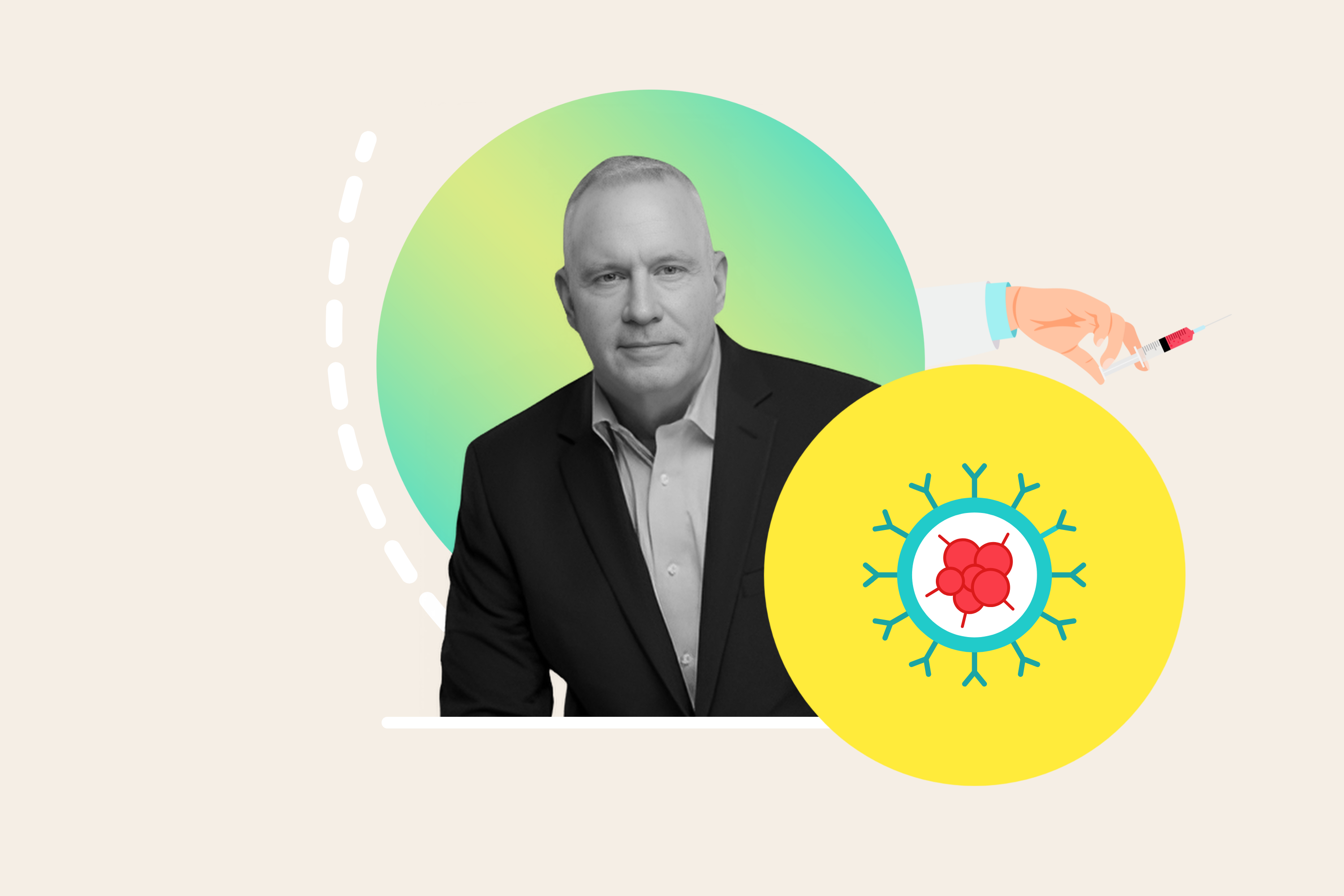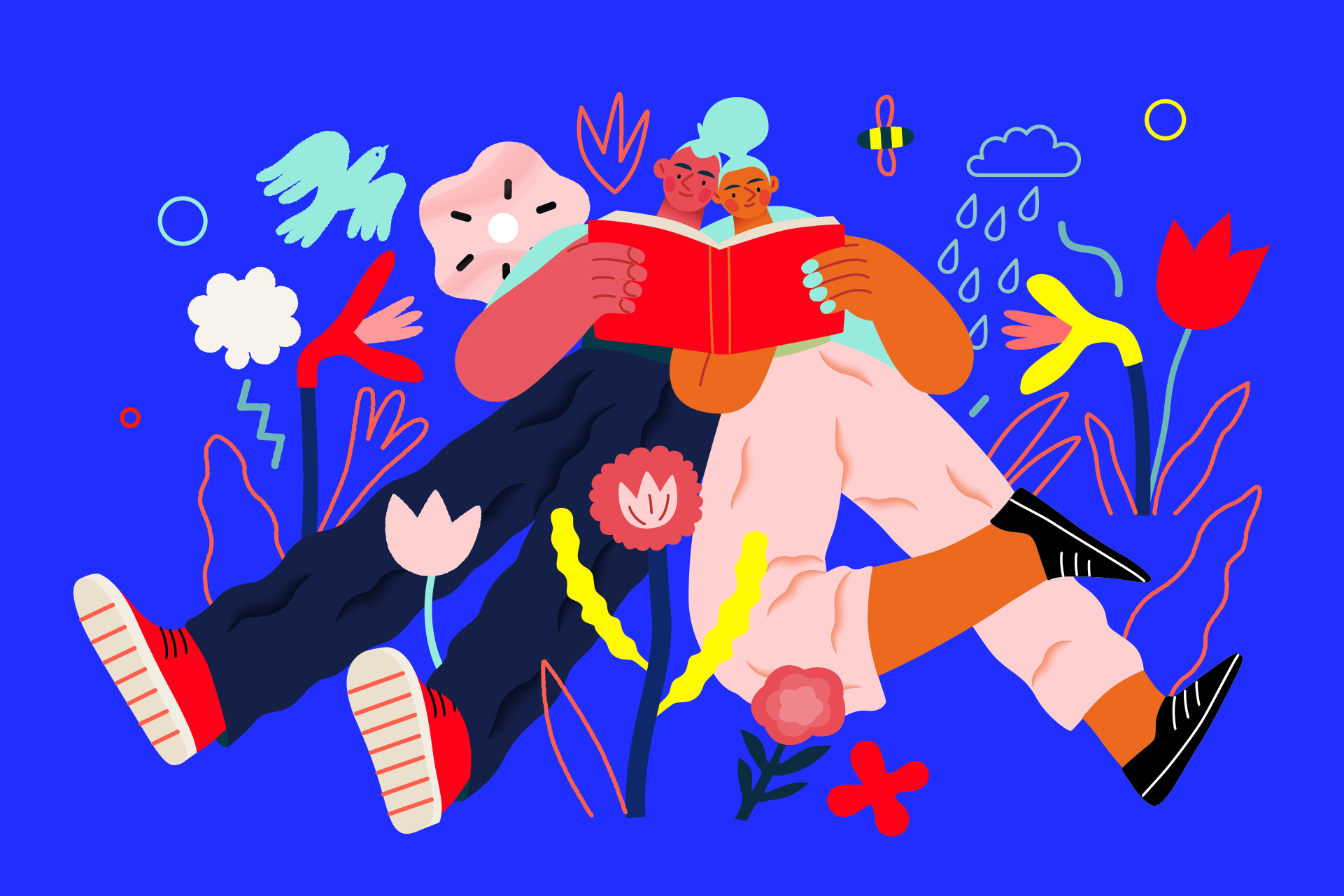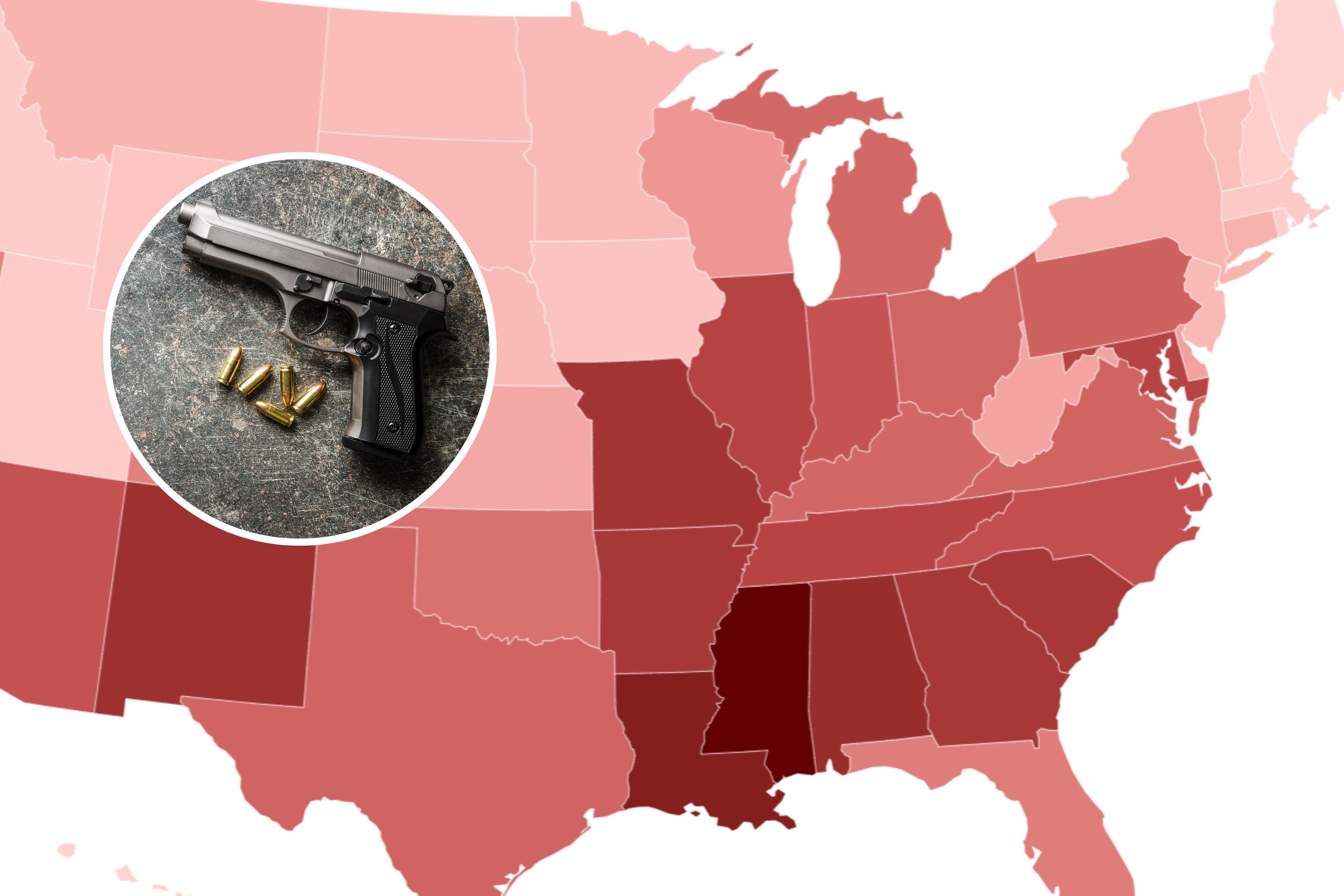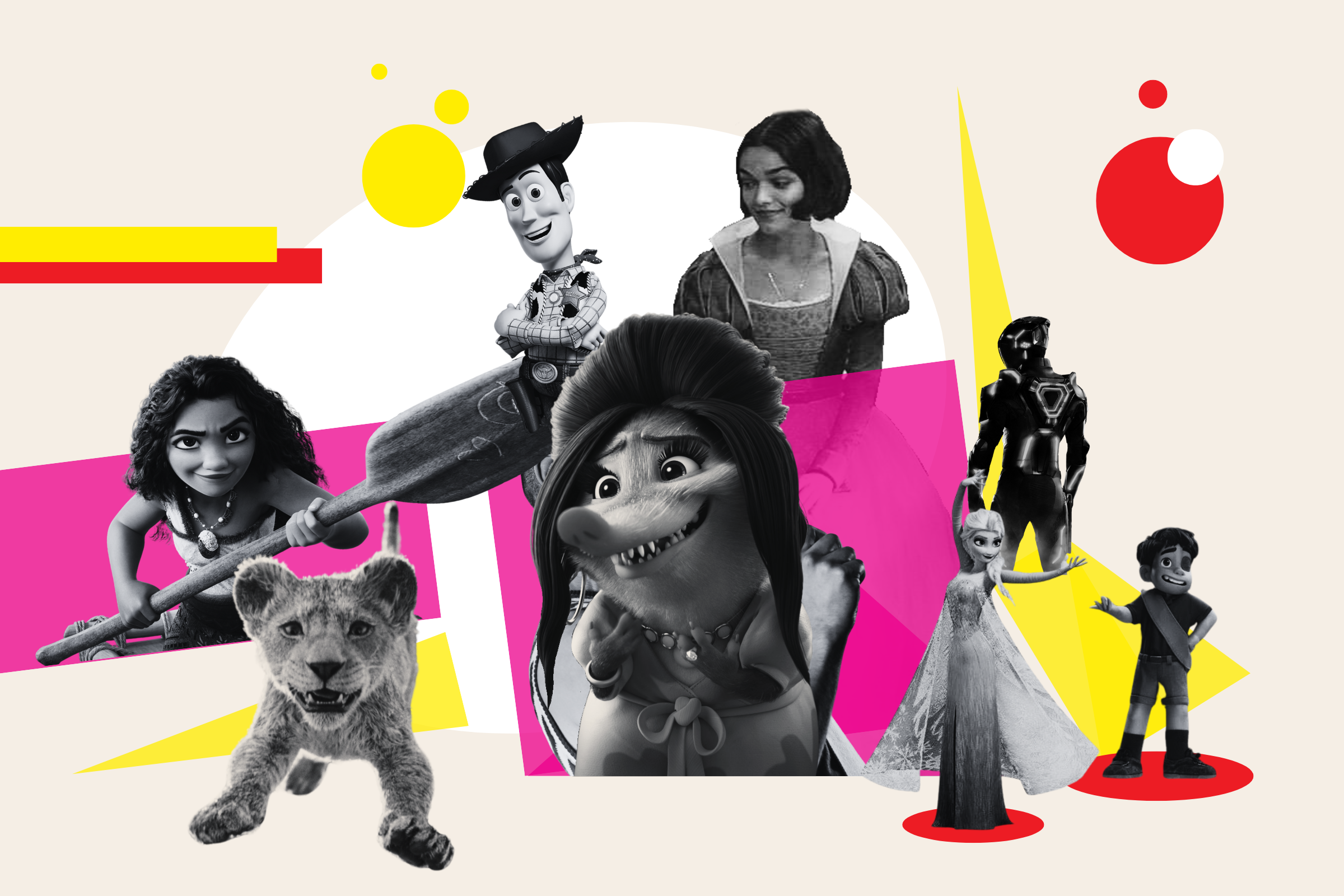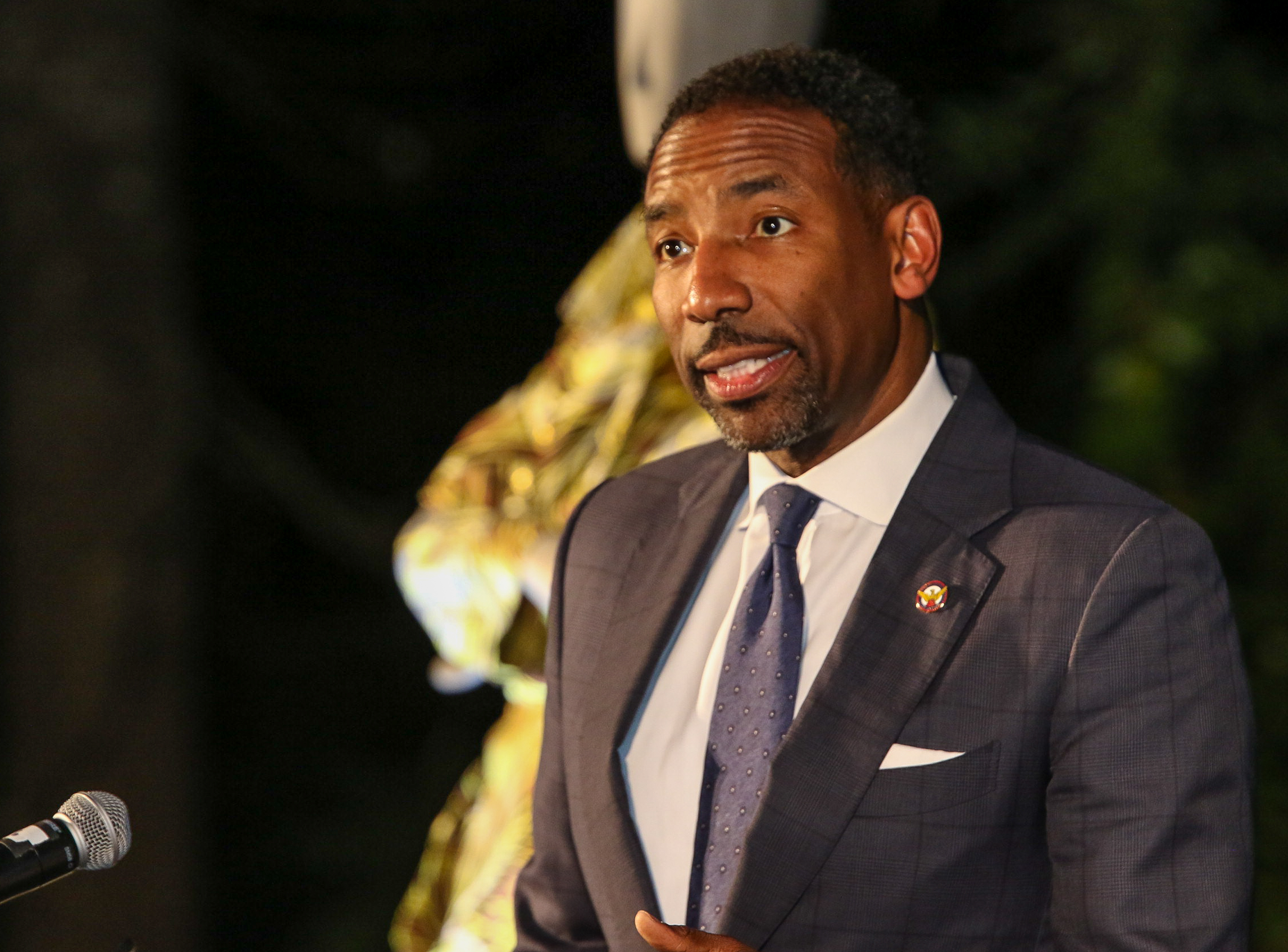
Bestselling authors of Zoobiquity, Barbara Natterson-Horowitz and Kathryn Bowers, paired up again to research what we can learn about adolescent behavior from their counterparts in the animal kingdom. The results are shared in their newest book, Wildhood.
Their five-year study found many similarities between the thrill-seeking and sometimes inexplicable-seeming choices of teens and those of adolescent animals developing in the wild.
In this Q&A, they discuss why this topic is personal to them, how they apply what they learned to their own parenting decisions and about keynoting a Nobel Conference in Stockholm.
Why this book?
KB & BNH: We've spent the past decade studying the natural world to find insights into cancer, heart disease, depression, drug addiction and more. As the mothers of teenagers, the issue seemed more urgent. We saw our children wading into the waters of social media. Academic stress seemed suffocating. Guiding teens through a changing landscape of sex and sexuality presented challenges of its own.
On a national level, we knew that rates of adolescent anxiety and depression were soaring, and more teens seem to be totally unprepared for life as adults. We wanted to have these conversations with our own children, and so applied our methodology to the challenges of modern human adolescence.
Are there animal behaviors that you think humans could learn the most from?
KB & BNH: Odd-looking fish, birds and wildebeests are the first to be picked off by predators who have a hard time locking on to one individual if they all look the same. But odd-looking animals (albino catfish, for example) are also shunned by other animals because having one in the school or flock attracts predators, which endangers all members. The "Oddity Effect" may be more powerful in schools, flocks and herds than in human life, but it may not be a coincidence that adolescents we have interviewed suggest that "Not being weird" is their best advice for getting through middle school.
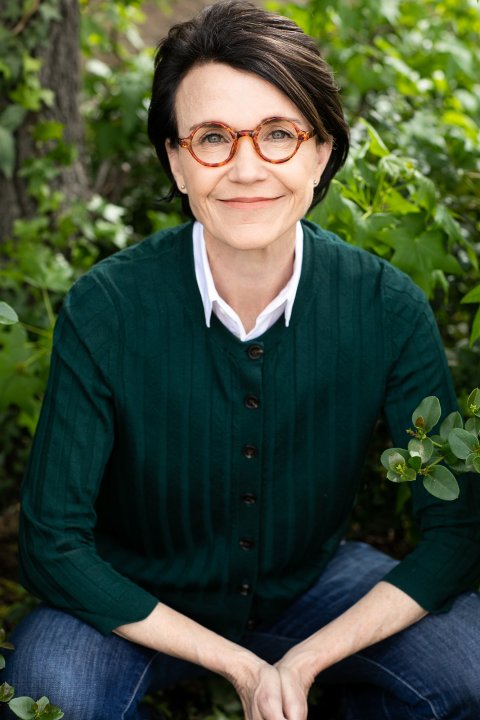
How can we protect adolescents from the dangers around them while also allowing for beneficial forms of risk-taking?
KB & BNH: It's useful to remember this one fact: All adolescents take risks, but every person has their own individual level of attraction to and tolerance of it. For some, jumping out of a plane fuels the buzz. For others, competitive chess or sports or theater does it. It's not called the drama department for nothing! It's that "brush-with-danger" feeling that adolescents are hardwired to crave, and it doesn't have to be life-threatening in order to be useful. Also, inexperience makes any situation more dangerous. The trick is to have experiences but remain safe. As for peer pressure, we know that the presence of peers can be dangerous by causing them to take more risks. But our research found that spending time with peers can also improve an adolescent's long-term safety. Adolescent salmon, for example, who spend time with more experienced peers, gain important information about predators which can keep them safer.
How do you balance wanting to protect your own children with fostering their independence?
KB: My daughter was in "wildhood" as I was writing this book, and what I learned during our research changed the way I parent. Mostly, it made me more open about starting conversations. Instead of wringing my hands when she would go into Manhattan, I would remind her that adolescents are naturally vulnerable to predators and exploiters. So instead of the age-old questions like "You're going where? And dressed like that?" we were able to talk about them more as the ecology of being a young creature in wildhood. Similarly, the other core life skills we present in the book were really helpful as I guided her along the path. For example, our research showing that adolescents are safer when they have peers around—and that they fare better as adults if they've had lots of social experiences during wildhood—made me prioritize her friends and socializing, even sometimes over doing extra schoolwork.
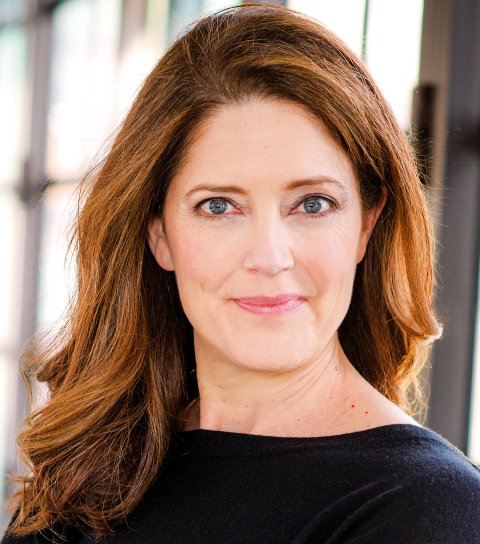
You were asked to keynote the 2019 Nobel Conference in Stockholm where your research and first book, Zoobiquity, were featured. What was your message there?
KB & BNH: The natural world contains solutions for the most challenging issues facing our species. This year's Nobel Conference was themed "Bio-inspirational medicine." It kicked off with a Zoobiquity symposium focused on the connection between two critical areas of female human health: reproductive health and heart disease (the leading cause of women's mortality). One panel [discussed] how giraffes whose blood pressure would be deadly by human standards avoid heart failure. Another discussion centered around ovulation: how understanding the ways kangaroos and bears keep embryos safe in their bodies can help women undergoing chemotherapy preserve their fertility.
What's next? Another joint project?
KB & BNH: Yes—there's much more to learn about the life cycles of humans and other animals. We'll certainly be focusing on some aspect of that, possibly the question of why we age and what the species-wide commonalities and differences are when it comes to later life.
READ MORE: What Animals Can Teach Us About Teenagers' Risky Behavior





